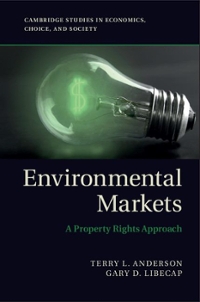Question
Read the article entitled As Supply Dwindles, Organic Milk Gets Popular from the New York Times on Dec. 29, 2011. https://www.nytimes.com/2011/12/30/business/rising-production-costs-cause-organic-milk-shortage.html?_r=1 (a) In the long
Read the article entitled "As Supply Dwindles, Organic Milk Gets Popular" from the New York Times on Dec. 29, 2011. https://www.nytimes.com/2011/12/30/business/rising-production-costs-cause-organic-milk-shortage.html?_r=1
(a) In the long run, what is the relationship between organic milk prices and organic milk sellers? Again, in the long run, should the price of organic milk be higher than the price of conventional milk? Explain.
(b) At the end of the three-year investment, is the cost of investment in organic farming a sunk cost? Explain why or why not.
(c) What is the sign (negative or positive) of the cross-price elasticity between ethanol and organic milk (assume that the ethanol is the product in the denominator)? In answering this question, start by explaining what cross-price elasticity is in the context of the article. Explain how you got your answer. To get full credit for this question, you will need to fully explain how you determined whether the cross-price elasticity was positive or negative. The easiest way to answer this is to use the equation. Please note that I do not expect to see any calculations here. Your answer should be an explanation in words where the words can refer to the equation.
(d) Using your answer to part (c), why might a policymaker care about whether the cross-price elasticity is positive or negative?
Step by Step Solution
There are 3 Steps involved in it
Step: 1

Get Instant Access to Expert-Tailored Solutions
See step-by-step solutions with expert insights and AI powered tools for academic success
Step: 2

Step: 3

Ace Your Homework with AI
Get the answers you need in no time with our AI-driven, step-by-step assistance
Get Started


